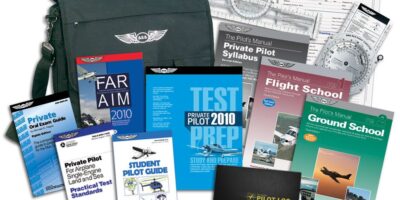What Is A Wet Lease
What Is A Wet Lease
A wet lease is a leasing arrangement in the aviation industry. Under this lease agreement, the lessor provides an aircraft, complete crew, maintenance, and insurance (ACMI). This means the lessee can operate the aircraft without needing to worry about finding a crew or maintaining the plane.
The lessor retains operational control of the aircraft, which includes handling almost all operational aspects. It essentially means that the lessee is renting a fully operational aircraft for a certain period.
Components of a Wet Lease
Wet leasing entails several key components. These include:
- Aircraft: The lessor provides the aircraft to the lessee.
- Crew: The lessor provides the flight crews and sometimes the cabin crews.
- Maintenance: The lessor ensures the aircraft remains airworthy and handles all necessary maintenance tasks.
- Insurance: The lessor covers the insurance costs, commonly including liability and hull insurance.
Types of Wet Lease Arrangements
Wet leases can be categorized into different types based on the needs and duration:
- ACMI Lease: Stands for Aircraft, Crew, Maintenance, and Insurance. This is the most common form of wet lease.
- Damp Lease: A variation where the lessor provides some, but not all, of the crew, usually excluding cabin crew.
Why Choose a Wet Lease
Several factors lead airlines to opt for a wet lease. Some of these are:
- Meeting Demand: During peak seasons, airlines may need additional capacity which can be met through wet leasing.
- Aircraft Maintenance: If an aircraft is undergoing maintenance, a wet lease allows the airline to continue operations without interruptions.
- Entry into New Markets: When an airline is exploring new routes, a wet lease provides a cost-effective way to test the market without making long-term investments.
- Pilot Shortages: If there’s a shortage of trained pilots or crew, a wet lease can temporarily fill the gap.
- Compliance with Regulatory Requirements: Wet leasing can help airlines comply with international operating regulations and standards.
Financial Aspects
Financially, wet leases are more expensive than dry leases since they cover more components. The lessor charges the lessee based on block hours or flight hours, which encompasses all operational costs incurred by the lessor. This makes budgeting predictable for lessees, as they have a clear understanding of costs without worrying about hidden charges related to crew or maintenance.
Legal and Compliance Considerations
Wet leasing involves regulatory and compliance considerations. The lessor’s Operational Specifications (Ops Specs) usually apply because the lessor maintains operational control. Both parties must adhere to aviation regulations of the jurisdictions involved, including the International Civil Aviation Organization (ICAO) guidelines. A detailed agreement outlining responsibilities, terms, conditions, and operating limits helps both sides avoid legal complications.
Short-Term and Long-Term Wet Leases
Wet leases can vary in duration from short-term to long-term:
- Short-Term: Typically span a few months and are ideal for seasonal demand peaks or immediate temporary needs.
- Long-Term: Can extend over several years and are used for sustained capacity needs.
Airlines and Wet Leases
Many airlines utilize wet leasing. Notable examples are national carriers, low-cost airlines, and chartered flight operators. By leveraging wet leases, airlines can rapidly scale operations, maintain fluid schedules, and meet passenger demands without the commitment of purchasing new aircraft. This flexibility helps airlines remain competitive and responsive in a dynamic market.
Challenges and Risks
Though advantageous, wet leases also come with challenges:
- Higher Costs: Wet leasing is more expensive than other leasing types, which can impact profitability.
- Dependency: Lessees depend on lessors for operational control, which can limit flexibility.
- Compatibility: Ensuring that the lessor’s aircraft and crew match the lessee’s standards and brand can be challenging.
- Short Notice Cancellations: Wet lease operators might face sudden withdrawal of leased aircraft, leading to service disruptions.
Case Studies
One compelling example is when the European airline, Norwegian Air Shuttle, used wet leases to manage their long-haul operations during the grounding of the Boeing 737 MAX. Similarly, during the pandemic, various airlines leaned on wet leases to handle fluctuating demand as travel restrictions and market conditions evolved.
Future of Wet Leasing
As the aviation industry continues to recover and adapt to new norms post-pandemic, wet leasing remains vital. It offers flexibility, especially when airlines are cautious about making large capital expenditures. Technological advancements, improved aircraft designs, and evolving market dynamics will likely influence wet leasing trends. Airlines aiming to optimize operations efficiently will view wet leases as a strategic tool to navigate uncertainties and seize market opportunities.
